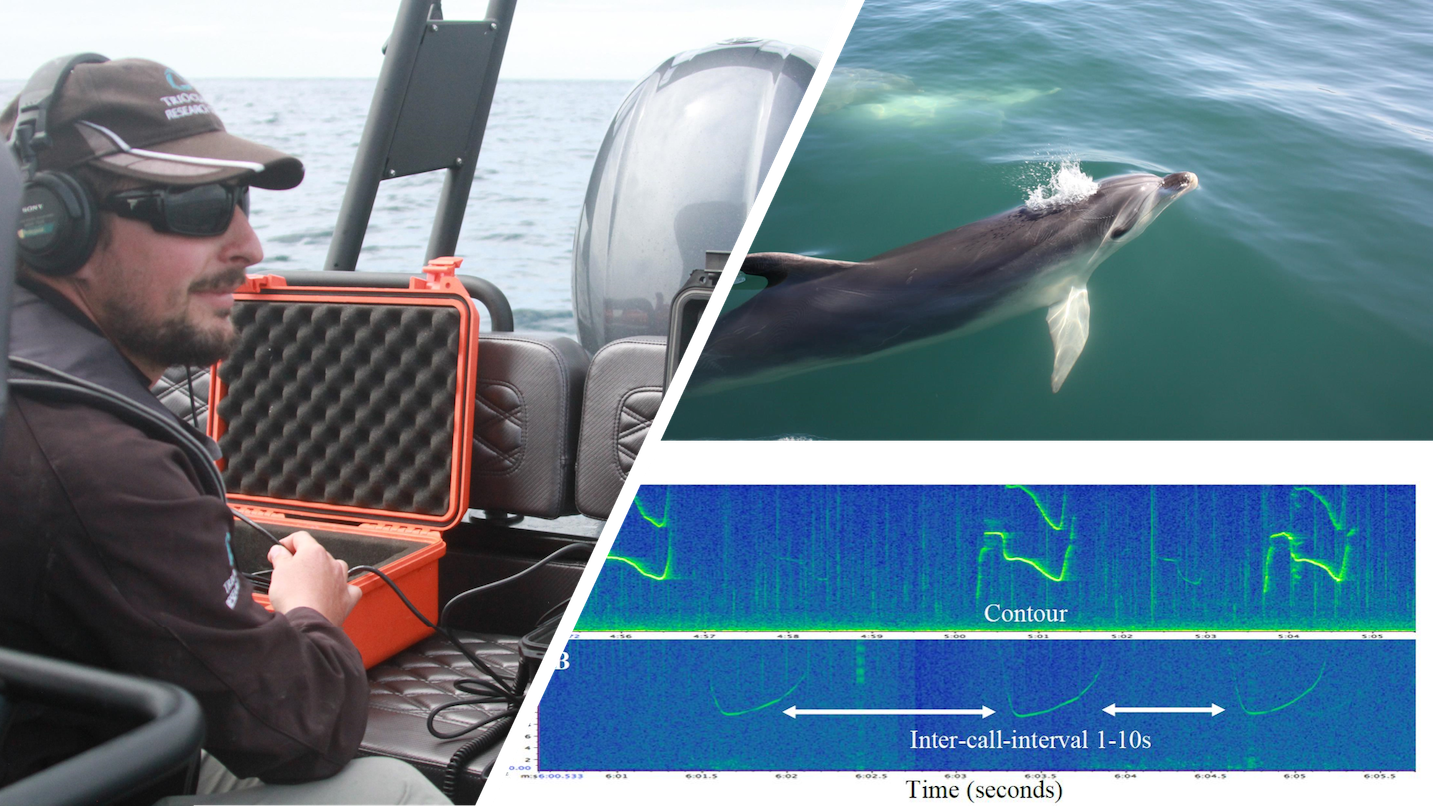An expert crew has spent Christmas eve trying to free a large male orca that has become tangled in a crayfish line in Northland.
Department of Conservation said it received a report of the incident in the water off Tutukaka on Monday night.
An expert crew headed to the scene at first light on Tuesday and located the orca, a spokeswoman said.
The crew tried to disentangle it from the crayfish line.
The spokeswoman said an orange buoy was attached to the line, but there was no crayfish pot.
She said boats were asked to stay at least 50 metres away from both the whale and the DOC crew as they needed room to help the orca.
People were also asked to stay out of the water.
Three other orcas were with the tangled whale, she said.
Shortly before 7pm, the decision was made for the crew to leave the water for the day the spokeswoman said.
“We managed to get the orca hooked twice, but it rolled away from us, we were unable to free it.”
“It was an amazing team effort from DOC, coastguard and trioceans. We will continue to be on call and hope to be successful another day.”
Earlier this year, a humpback whale also managed to get itself stuck in a craypot line.
The whale, first spotted at Knife and Steel Harbour, between Big River and Waitutu River in Southland, by a fishing vessel, was believed to be tangled in craypot line trailing up to 30 metres behind it.
“People seeing the whale can assist our rescue response by staying with the whale, monitoring it and advising of its exact location for our disentanglement team to get to it,” DOC ranger Mike Morrissey said in a statement.
The department warned against boaties trying to cut off lines and floats attached to the whale, as it is “very dangerous” and could make it more difficult for the whale and the rescue team.
Large orca tangled in crayfish line in Northland – Stuff article


